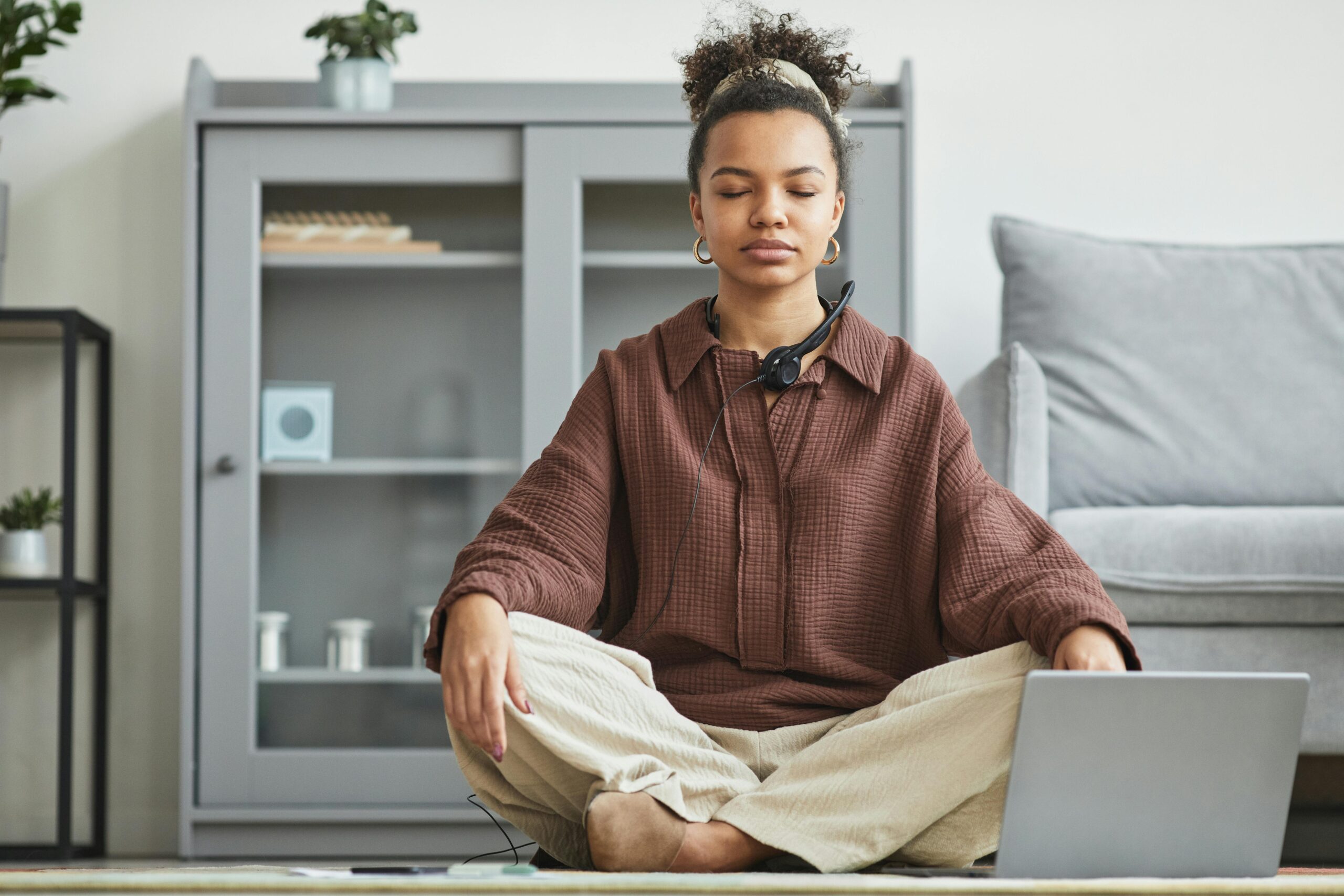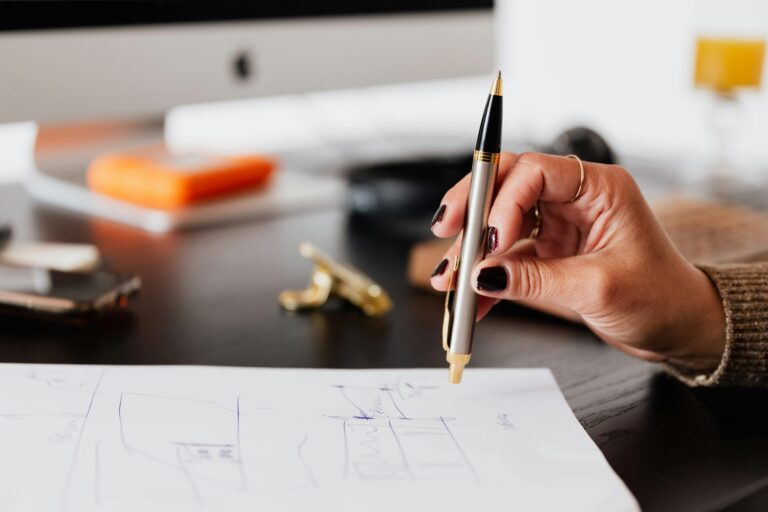Surviving the Speed of Life: How to Recharge in 2025 Without Losing Your Edge
It’s 2025. Your smartwatch keeps buzzing, and holographic reminders keep popping up over your desk. Your inbox? It’s crazy full, and your brain? It’s like it’s always running non-stop. Sounds like now, right? We’re living in days where being super busy is seen as good. But taking it slow and chilling isn’t just nice—it’s key. Think of it like this: You don’t need a big break or lots of time off to feel good again. The trick is to slowly and on purpose add some calm to your everyday life.
Let’s dive into how you can find calm without losing your sharpness.
Creating a Calm Home Space (No Big Changes Needed)
Your home—it should be your safe spot, not just another thing on your to-do list. But it’s 2025, and work, fun, and mess—well, they’re all mixed up more than ever before. The solution? Design spaces that actively combat stress, using science-backed principles and a dash of creativity.
1. Lighting as Mood Magic
No more harsh lights from above—2025 is the year for smart lighting. Research from the Lighting Research Center reveals that LED systems, which can change to mimic natural daylight, reduce stress hormones by up to 30%. Begin with soft, adjustable lights in living spaces and brighter tones for work areas. Top advice: Smart lights like Philips Hue can shift from “focus” mode to “relax” mode, matching your body’s natural clock.
2. The Power of Green (and Why Fake Plants Just Won’t Do)
It’s more than just a trendy term. NASA’s famous Clean Air Study showed that certain plants, such as snake plants or peace lilies, clean harmful substances from the air. But here’s the thing: A 2024 study at the University of Melbourne discovered that being around real plants (not the fake ones) reduces nervousness by tapping into biophilia—our deep-rooted love for nature. Start simple: Try a small herb garden on your windowsill or a big fiddle-leaf fig to bring peace to your place.
3. Tech-Free Zones: The New Status Symbol
The most coveted 2025 home feature? A room where Wi-Fi dies at the door. Designate a corner—even a closet-sized nook—as a analog oasis. Stock it with paper books, sketchpads, or a vintage record player. As tech ethicist Tristan Harris warns in The Social Dilemma, “If you don’t design your environment, Silicon Valley will do it for you.”
Quick Comparison: Top Stress-Reducing Home Upgrades
| Upgrade | Cost | Time Investment | Stress Reduction Impact |
| Dynamic Lighting | 50–200 | 1 hour | High |
| Indoor Plants | 20–100 | Ongoing | Moderate-High |
| Tech-Free Zone | 0–500 | 1 day | Very High |
| Soundproofing Panels | 200–1000 | Weekend Project | Moderate |
Boundaries: The Currency of Mental Clarity
In 2025, “work-life balance” is obsolete. Why? Because balance implies equality, and your life shouldn’t be a spreadsheet. Instead, think of boundaries as selective force fields—letting in what fuels you and deflecting what drains you.
The 4 PM Rule (and Why It Beats 9-to-5)
Productivity researcher Cal Newport champions “time-blocking,” but let’s take it further. Assign hard stops to tasks: “Email ends at 4 PM.” “Slack closes at 6.” Use apps like Freedom to automate digital curfews. A Stanford study found that employees with strict offline hours reported 23% higher job satisfaction—without sacrificing output.
The “Not Now” Tactic
Saying “no” feels confrontational. Saying “not now” is strategic. When a colleague pings you after hours, respond with, “I’ll tackle this first thing tomorrow.” This isn’t evasion—it’s training others to respect your rhythm.
Redefine “Availability”
Turn off read receipts. Delete the Outlook app from your phone. Set Zoom defaults to 25-minute meetings. As psychologist Nedra Glover Tawwab writes in Set Boundaries, Find Peace, “If you don’t guard your time, everyone will assume it’s free for the taking.”
Digital Detoxes: Resetting Your Brain’s Operating System
Let’s be real: Unplugging entirely in 2025 is like boycotting oxygen. But strategic disconnects can reboot your focus.
The 15-Minute Morning Miracle
Before checking your phone, invest your first waking moments in non-stimulating activities: stretching, journaling, or sipping tea while staring at a wall (seriously). Neuroscientist Dr. Andrew Huberman recommends delaying screen exposure for 90 minutes to optimize dopamine levels—but even 15 minutes builds discipline.
App Hygiene: Delete, Replace, Upgrade
Audit your apps using the “30-Day Rule”: If you haven’t opened it in a month, trash it. Replace doomscrolling with single-purpose tools:
- Readwise for consolidating highlights from books/articles.
- OneSec to add friction to social media opens.
- Beekeeper for turning email into a twice-daily task, not a reflex.
The Analog Hobby Renaissance
In 2025, the cool kids are ditching TikTok for tangibles. Try:
- Polaroid photography (imperfections welcome).
- Handwriting letters with Pilot’s new erasable ink pens.
- Baking sourdough—yes, it’s still a thing, but now with AI-powered ovens.
The Future of Recharging: What’s Next?
Wellness isn’t static. As VR becomes mainstream, expect “digital nature” escapes—think guided forest baths via Meta Quest 3. Meanwhile, companies like Calm are experimenting with AI therapists that adapt to your stress patterns. But the core truth remains: Sustainable peace requires designing systems, not waiting for motivation.
Your Move: Small Shifts, Big Rewards
Start tonight. Charge your phone outside the bedroom. Swap one Netflix episode for a walk. Text a friend instead of liking their post. Slow living—it’s not just about doing less. It’s about focusing on what really matters, on purpose.


